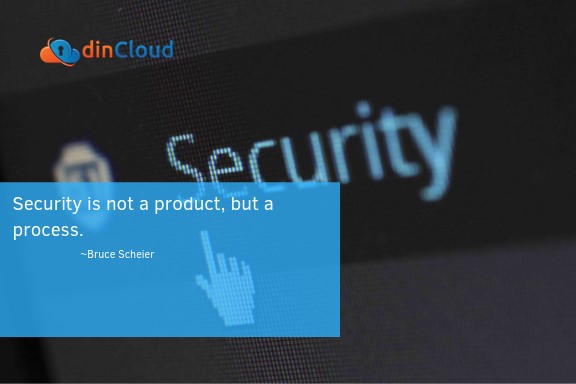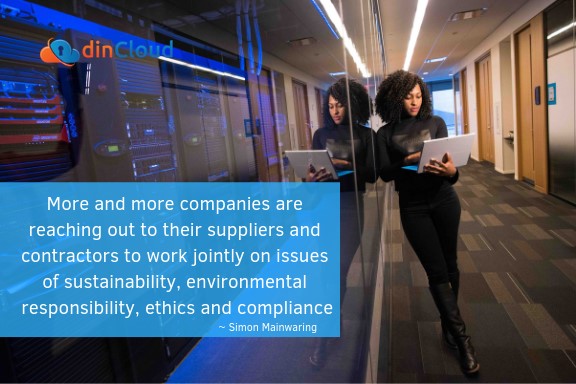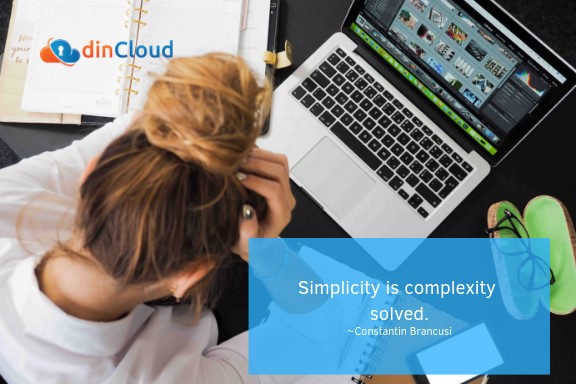According to Gartner the “Cloud Shift” will affect up to $1 Trillion in IT management by the year 2020. This is no surprise to those of us who have been immersed in the cloud, but if you haven’t been evaluating cloud solutions for your organization, then you need to be.
Cloud solutions are the most disruptive IT technology to hit the industry to date. The increase in agility, flexibility, and scalability along with the decrease in CapEx have enabled businesses to compete on a whole new level. Size is no longer an indication of success, agility is. Those of you who have not made the transition, what is your reason for holding back? We can sum up the most common objections to these three: Concerns about the security of the data, concerns about meeting compliance and concerns on added complexity.
Objection #1: The cloud is not as secure. I’d prefer to keep my data close

This concern is typically tied around two main events. Ransomware/malware and the physical loss of the device. According to Osterman Research, Ransomware attacks result in billions of files lost every year. Malware infection has cost organizations $3.65 Million a year. Of 7,731 breaches tracked by PrivacyRights.org, 15% of these breaches were caused to the physical loss of the device. Together, malware/ransomware and loss of device cost business $308 per year per device.
As a result, many organizations choose to lock down their data and keep all devices secured in the physical boundaries of the business. This causes employees to do one of two things: Go rogue and procure their own as-a-service application or look elsewhere for work, neither of which is good for the business in the long run. What organizations actually need to do is to enable workers to be productive outside of the business walls while keeping the data secure and minimizing the risk of data loss. And the reality is, the cloud is in many ways more secure than an on-premise system. A survey By Alert Logic on the State of Cloud Security found that while cloud and premise solutions were both attacked rather evenly (cloud solutions were hit 43% of the times while premises were hit 57%), it was the on-premise system that suffered more. A cloud service provider is usually more focused on security. They make security their business, and often recruit the top talent in the security industry to help them keep ahead of the cyber attackers.
Objection #2: I have too many compliance requirements to risk moving to the cloud

While at one point in the not so distant past, this was true. Many service providers led with the mantra “For me to comply, I need you to comply,” placing the burden of the compliance on the customer.
But the story has changed over the years. Thanks to additions to legislation in 2013 that made it a requirement of cloud service providers to be HIPPA compliant, the industry began to take note.
If you boiled it all down, you’d find that the majority of the problem with compliance is ensuring that only authorized personnel can access the information. It comes down to control over who has access, how much access they have and how those levels are maintained and monitored.
Many cloud service providers are now certified in various compliance and regulation standards and can meet your compliance needs. All that you need to know is what compliance standards impact your business, hold regular compliance assessments and be proactive in your compliance posture.
Objection #3: Moving to the cloud is just too complicated

In 2017, a survey by Forrester warned that “Moving critical applications to the cloud is much easier said than done.” Most of this complexity comes from a lack of internal skills to manage the migration, however, and not from the inherent complexity built into a cloud solution. The same Forrester report acknowledged this with the finding, “The skills required for migration are both difficult and expensive to find, as they are in high demand and must often be brought in from the outside or trained up at significant time and expense.”
The reality is that cloud solutions are immensely easier to manage. The complexity of providing the infrastructure, securing, provisioning all lies in the hands of the service provider. Many solutions, like dinCloud’s cloud-based Desktop-as-a-Service offering, include platforms built in that enable you to create new, customizable servers or desktops, track order history and changes to the account, create admin users, remotely control your servers or desktops and add or remove hardware components such as memory, CPU and disks. All of this can be managed through a secure web portal that gives you full transparency into your infrastructure.
Cloud-based Desktop-as-a-Service enables increased security and compliance while reducing complexity and lowering costs
In order to survive, businesses need to remain competitive and cloud-based Desktop-as-a-Service is well positioned to meet that demand. Being able to pivot quickly to changing markets and demands is critical, and cloud-based solutions provide this crucial need. Flexibility, scalability, reduced costs, and increased security enable businesses to grow quickly.
Want to learn more? Start here:


